Dinosaur Encyclopedia
7 Dinosaurs with Bizarre Features
During the Mesozoic Era, dinosaurs dominated the Earth, with many of them appearing massive and exhibiting unique features, some of which were both fierce and peculiar. However, these gigantic creatures are no longer present on Earth today. We can now only understand these creatures through scientists’ study of dinosaur fossils. In numerous studies, scientists have identified several dinosaurs with remarkably strange characteristics. In today’s article, we are going to introduce 7 dinosaurs that have been discovered by scientists and possess peculiar features.
1. Concavenator
Concavenator lived in Europe around 130 million years ago and was a carnivorous dinosaur. What makes this dinosaur unique is the hump on its back, similar to an ostrich’s, a feature not found in other dinosaurs. Scientists are puzzled by this feature as its purpose remains uncertain.
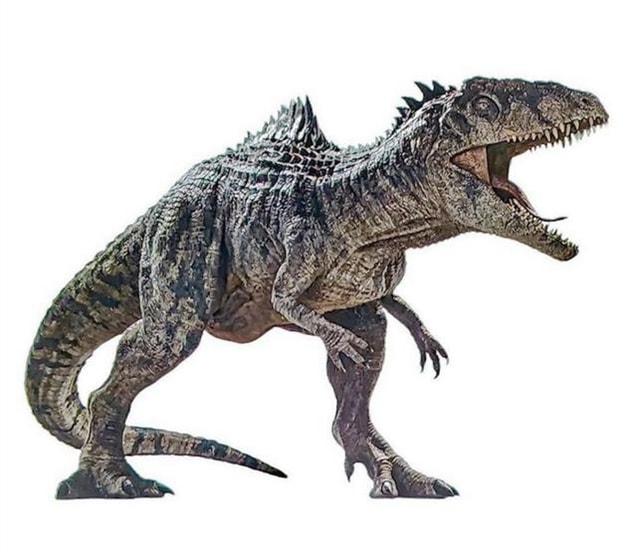
2. Kentrosaurus
Kentrosaurus, resembling a Stegosaurus but with more prominent spikes covering its body, had two spikes protruding directly from its front legs, and its tail spikes could swing and be used for defense. As a herbivore, these features, combined with its agile skeleton, helped protect itself effectively.
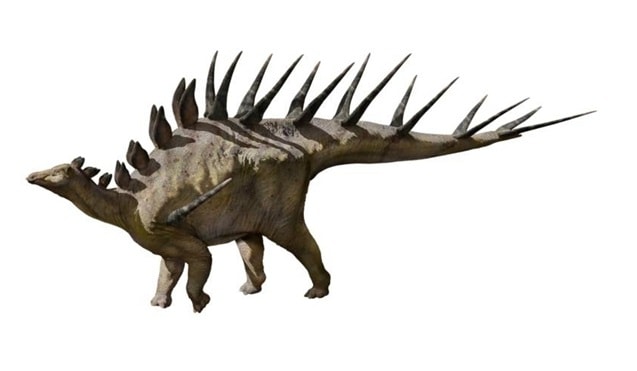
3. Linhenykus
Compared to other dinosaurs, Linhenykus was a smaller dinosaur that lived in Mongolia approximately 84 to 75 million years ago. Linhenykus is notable for having functional fingers on both of its front claws, each with a large claw, a feature not found in other dinosaurs, which usually have more finger joints.
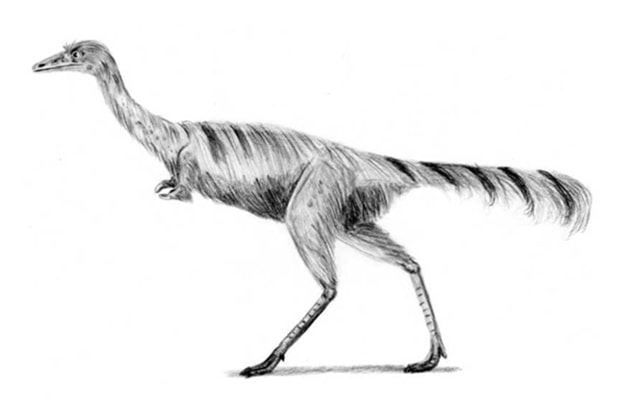
4. Therizinosaurus
Therizinosaurus could reach a height of 4.5 meters, a length of 10 meters, and weigh 5000 kilograms. Its most distinctive feature is its 1-meter-long claws, considered the longest claws in the history of all animals. Although these claws could cause significant damage, Therizinosaurus is believed to be an herbivore. Due to the lack of complete skeletons, especially skulls, many mysteries still surround Therizinosaurus.
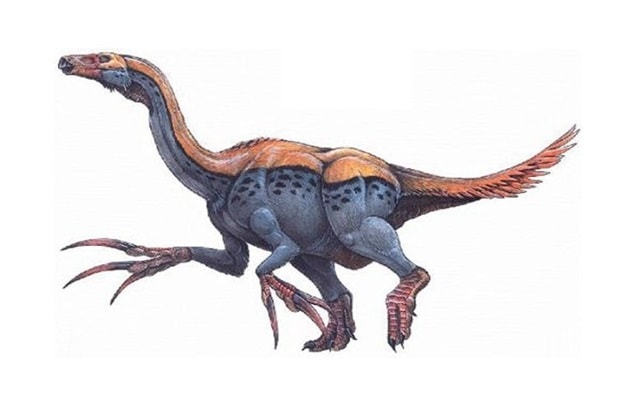
5. Deinocheirus
In 1965, Polish paleontologist Zofia Kielan-Jaworowska discovered the first known Deinocheirus fossil in the Gobi Desert. It was an enormous dinosaur arm, 2.4 meters long, with three claws, each measuring 20 centimeters. Initially, there was much controversy about the appearance of Deinocheirus until the discovery of two more skeletons in 2006 and 2009. Scientists now speculate that it was a unique dinosaur, somewhat similar to an ostrich, agile and fast, with a length of up to 11 meters and a weight of 6000 kilograms. Deinocheirus had a beak resembling a duck and lacked teeth. Its powerful arms aided in gathering food.
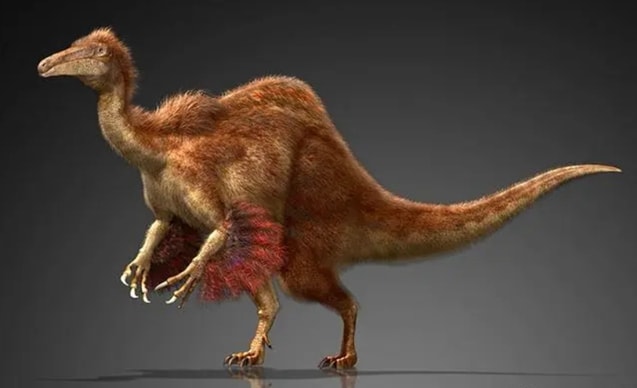
6. Epidexipteryx
Epidexipteryx fossils were found in Ningcheng County, Inner Mongolia, China, dating back 152 to 168 million years. Despite having feathers, Epidexipteryx is not a direct ancestor of birds. Unable to fly and approximately 25 centimeters in length (excluding tail feathers), it might be the first dinosaur with decorative feathers. These feathers could have been used to deter predators or attract mates. Epidexipteryx was likely a primarily arboreal dinosaur, foraging on the ground only when trees were scarce, with insects being its main food source.
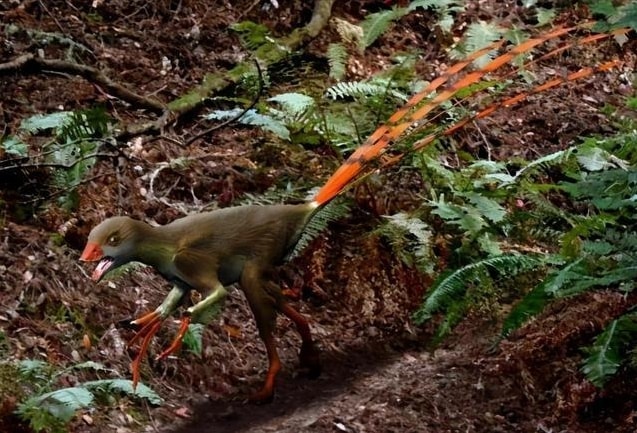
7. Halszkaraptor
Scientists unexpectedly discovered a semi-aquatic dromaeosaurid dinosaur named Halszkaraptor, which lived 75 million years ago in present-day Mongolia. Initially, when scientists found its fossils, they even doubted whether it was a real creature, as it appeared to have combined skeletal elements from various animals. Halszkaraptor walked on two legs on land, adopting a posture resembling short-tailed bird species like ducks. They relied on their long necks for feeding and ambushing prey. This dinosaur is exceptionally unique, being roughly the size of a duck, about 80 centimeters long, and having 11 teeth.
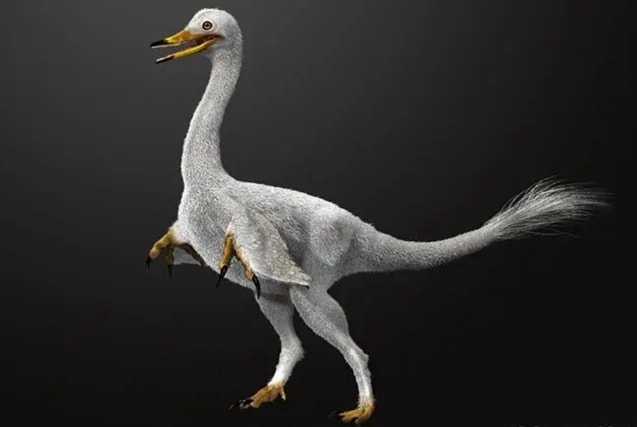
Click to view more information about dinosaur encyclopedia knowledge.